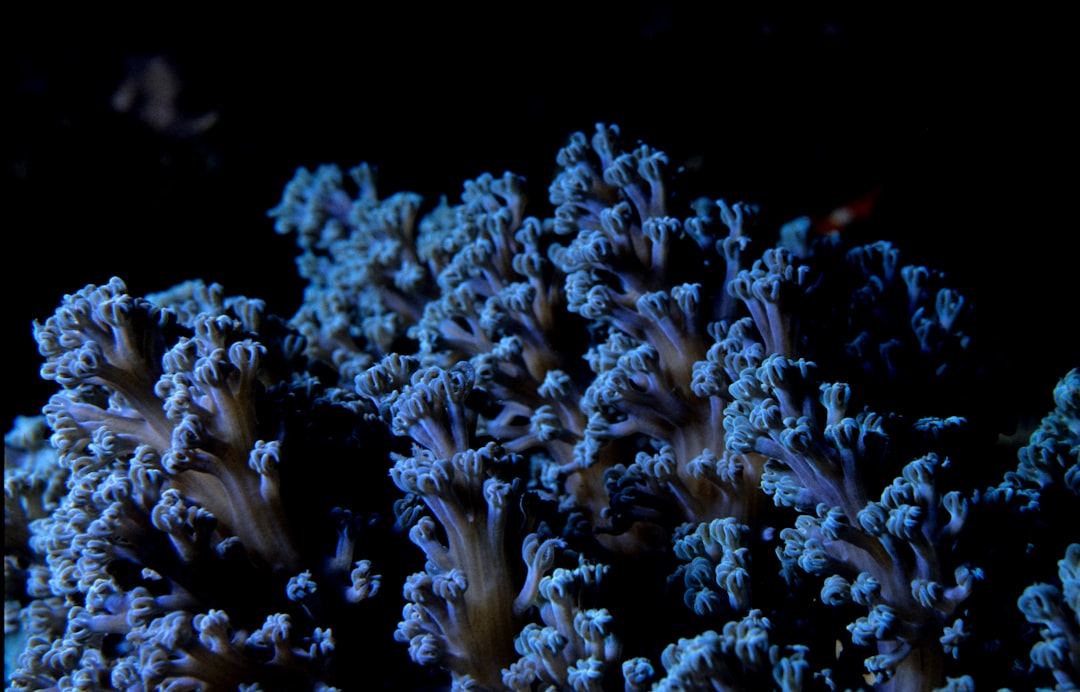In The Waters Of The Southeast, Scientists Have Found A Habitat That Needs Protection
Learn More About The Blake Plateau. Plus, A Presidents' Day Quiz!
Did you know the largest deep-sea coral reef habitat discovered to date resides off the shore of the southeast United States coast? It covers 6.4 million acres, according to a paper recently published in the scientific journal Geomatic.
The Blake Plateau is an underwater seascape of cold-water coral, nearly the size of Florida. It sits about 100 miles off the shoreline starting near Miami and going up to the shores of Charleston, South Carolina.
These coral mounds were first discovered in the 1960s. Researchers have continued to uncover and document the ecological importance of these habitats. Fisheries managers have used this information to protect known coral areas from physical damage.
“For years we thought much of the Blake Plateau was sparsely inhabited, soft sediment, but after more than 10 years of systematic mapping and exploration, we have revealed one of the largest deep-sea coral reef habitats found to date anywhere in the world,” said Kasey Cantwell, operations chief for NOAA Ocean Exploration in a statement.
The recently completed mapping effort in the region builds on this work, revealing the full extent and characteristics of these important deep-sea coral mound features.
This is why I love science. We are still learning about the wonders in our water.
“This strategic multiyear and multi-agency effort to systematically map and characterize the stunning coral ecosystem right on the doorstep of the U.S. East Coast is a perfect example of what we can accomplish when we pool resources and focus on exploring the approximately 50 percent of U.S. marine waters that are still unmapped," said Derek Sowers, Ph.D., Mapping Operations Manager for the Ocean Exploration Trust and lead author of the study.
Sowers said that about 75 percent of the global ocean is still unmapped in any kind of detail. The ocean covers 71 percent of the Earth’s surface and holds more than 1.3 billion cubic km of water.
The newly discovered deep-sea corals feed and support a wide diversity of marine life. Fish like tuna, sharks, endangered and threatened sea turtles, and sperm whales all rely on the Blake Plateau. Corals provide food and shelter for a wide range of fish and shellfish.
Studies such as this one provide a better understanding of how populations of corals and other deep-sea species may be related across geographically separated locales—a concept known as connectivity. Scientists continue to look for insight into the resiliency of these populations.
But… I know I wish there wasn’t a but….
These waters have time-limited protections from oil and gas development. They expire in 2032, and future development could destroy the area.
Parts of the plateau’s seafloor contain manganese and other minerals and deep-seabed mining for minerals in vulnerable areas like the Blake Plateau is risky. It would generate sediment plumes that could stretch for miles, smothering corals and marine life well outside the immediate development zone.
Less than 1 percent of the Southeast’s waters are strongly preserved. But it’s not too late to provide durable conservation measures for key ecological features on the plateau now, before industrial threats take root. We need to keep this incredible place healthy for this and generations to come.
Here’s a list of 10 Things You Can Do For The Ocean by the Marine Conservation Institute to start and check out their 2023 report on Ocean Conservation Priorities.
Check out this video below to explore this incredible coral reef habitat with footage from recent NOAA explorations.
Presidents’ Day Quiz
Presidents’ Day was Monday. We are curious…. Who would you pick as your favorite president for pushing environmental issues forward?
If you want to read up before you vote, here’s a few articles that might help you decide. Let us know in the comments, if you have someone else you would have voted for.




Yes, Jimmy Carter is an excellent addition!
I would think that Jimmy Carter should be on the list. He was the first president to acknowledge anthropogenic climate change and try to do something about it. Combating climate change through the elimination of CO2 emissions plays into the theme of today's Brockovich Report, because CO2 from the atmosphere is balanced by CO2 in the water. Thus increased CO2 in the air not only results in global heating but also ocean acidification, which is devastating to coral reefs among other things.
While it is true that the EPA was established under Nixon's watch, Nixon balanced the good by the appointment of Walter Hickel as Interior Secretary. And the EPA was flawed from the start, with its grandfathering of thousands of harmful chemicals which continue to wreck havoc on the environment.